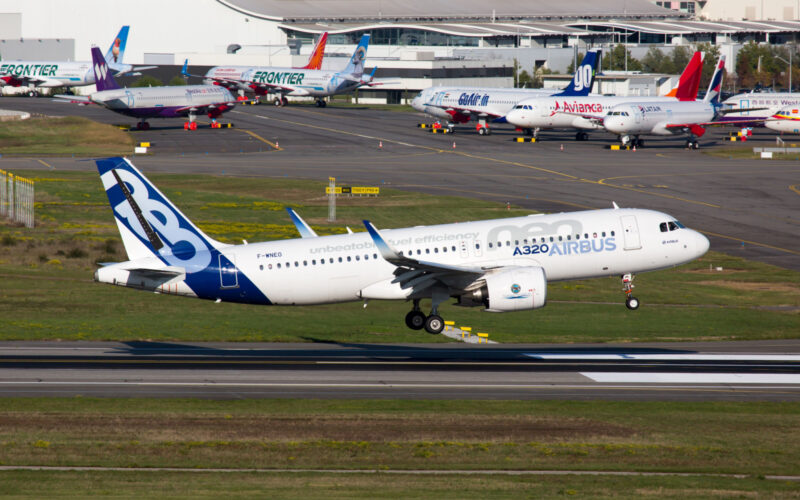The Airbus A320 has established itself as a pioneering aircraft in the aviation industry, delivering exceptional performance, efficiency and passenger comfort.
From its origins as part of the broader Airbus family to its evolution with the introduction of the A320neo variant, this article explores the rich history, technological advancements, popularity and onboard services of A320 aircraft.
History of Airbus
1970-1980: laying the foundation
The origins of Airbus can be traced back to the late 1960s when European aerospace companies recognized the need to collaborate and compete with the American aviation industry.
On May 29, 1969, the French and German governments signed a memorandum of understanding to investigate the feasibility of a joint European aircraft project. This led to the formation of Airbus Industrie on December 18, 1970, with the participation of France’s Aérospatiale, Germany’s Deutsche Airbus (now part of Airbus SE), and the United Kingdom’s Hawker Siddeley (now BAE Systems).
1972-1984: the A300 and expansion
The first aircraft developed by Airbus was the A300, a wide-body short- to medium-range twin-engine jetliner typically carrying 247 passengers. On October 28, 1972, the A300 made its maiden flight, and it entered commercial service in 1974 with Air France. The A300 proved to be a success, offering improved fuel efficiency and lower operating costs compared to its competitors.
Buoyed by the success of the A300, Airbus continued to expand its product lineup. In 1978, the consortium launched the A310, a shorter-range version of the A300. This allowed Airbus to compete in the medium- to long-range market segment.
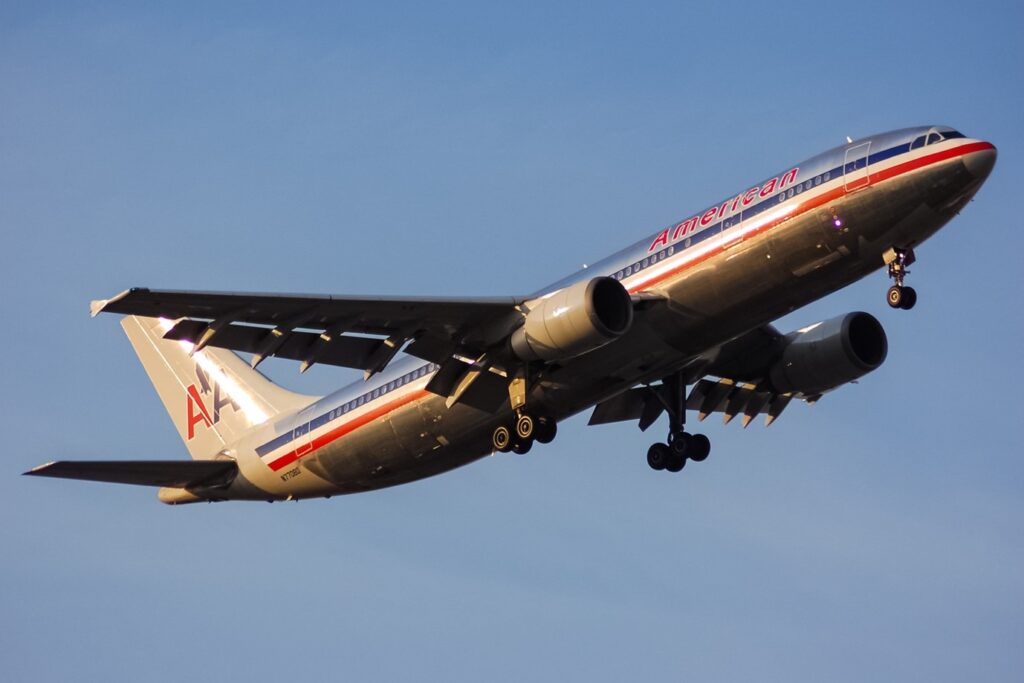
1984-1990: the A320
Perhaps the most significant milestone in Airbus’s history came in 1984 with the unveiling of the A320, a single-aisle aircraft designed for short- to medium-haul flights. The A320 featured several groundbreaking innovations, most notably the implementation of fly-by-wire technology in a commercial airliner.
The first delivery of the A320 took place in 1988. It was designed to meet the increasing demand for a fuel-efficient, single-aisle aircraft that could accommodate medium-haul flights.
1990-2000: further expansions
During the 1990s, Airbus continued to expand its product range to cater to various market segments. 1991 saw the introduction of the A330, followed in 1992 by the A340. The A330 offered long-haul capabilities, while the A340 was designed for ultra-long-haul flights. These aircraft aimed to challenge Boeing’s dominance in the wide-body market.
2000s-present: innovations and new programs
In 2000, Airbus launched its most ambitious project to date, the A380. It was a double-deck, wide-body aircraft capable of carrying up to 853 passengers, making it the largest passenger airliner in the world. The A380 was designed to meet the growing demand for air travel, particularly in congested airports. However, despite initial success and fascination with its size and amenities, the A380 faced challenges due to changing market dynamics, high operating costs, and limited airport infrastructure capable of accommodating such a large aircraft.
In 2003, Airbus faced increased competition from Boeing’s 787 Dreamliner, which promised greater fuel efficiency and improved passenger comfort. In response, Airbus launched the A350 XWB (extra-wide body) program in 2005, featuring advanced composite materials, aerodynamics and fuel-efficient engines. The A350 XWB successfully entered commercial service in 2015 and has been well-received by airlines worldwide ever since.
Another significant development came in 2010 with the announcement of the A320neo program. The A320neo incorporated new engines, as well as aerodynamic refinements, advanced aerodynamics and improved cabin features. These enhancements resulted in fuel savings of 15-20%, reduced emissions and decreased noise levels compared to previous A320 models.
The A320neo program received overwhelming interest and support from airlines worldwide. The first A320neo aircraft was delivered to Lufthansa in January 2016, marking a new chapter in the A320’s evolution.
In recent years, Airbus has continued to innovate and expand its product portfolio.
The company introduced the A220, formerly known as the Bombardier C Series, in 2016. It was originally developed by the Canadian company Bombardier Aerospace. However, the development and production of the C Series put a significant financial strain on Bombardier. In 2017, Airbus announced it would acquire a majority stake in the C Series program. The deal was finalized in July 2018, at which point the aircraft was renamed the Airbus A220.
The A220 is a narrow-body aircraft designed for the 100-150 seat market, offering fuel efficiency, range capability and passenger comfort. This addition to Airbus’s lineup further strengthened its position in the single-aisle segment.
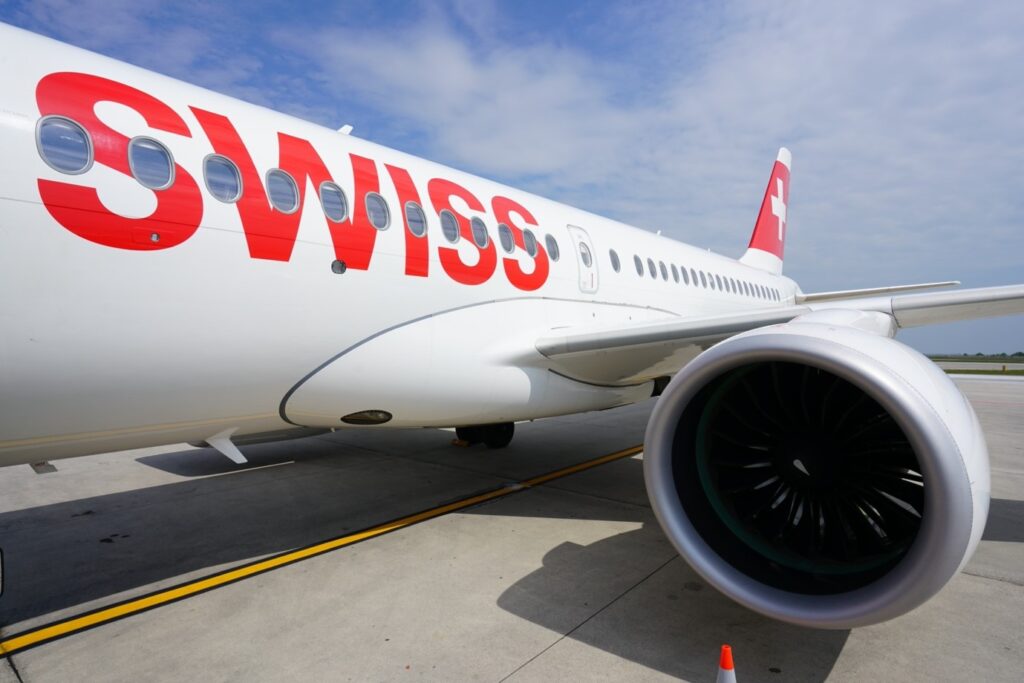
Furthermore, Airbus has been investing in research and development for future technologies, such as electric and hydrogen-powered aircraft. The company aims to play a leading role in sustainable aviation and reduce the environmental impact of air travel.
In addition to commercial aircraft, Airbus also produces military aircraft, helicopters and satellites. These products contribute to the company’s overall success and provide a comprehensive range of solutions for the aerospace industry.
History of Airbus A320
Now let’s focus on the A320 by delving into its remarkable story and uncovering the fascinating aspects that make it a standout aircraft in aviation history.
The Airbus A320 is a renowned and highly successful twin-engine jetliner that has revolutionized the commercial aviation industry. It has become the backbone of many airlines’ fleets, offering operational efficiency, passenger comfort and advanced technology.
Conceptualization and launch
The concept for the A320 emerged in the early 1980s as Airbus sought to challenge the dominance of Boeing’s 737 and McDonnell Douglas’s DC-9 in the narrow-body aircraft market. Airbus recognized the growing demand for a more fuel-efficient and technologically advanced aircraft to meet airlines’ evolving needs.
The development of the A320 began in 1981, with a focus on incorporating advanced technologies and innovative design features. Airbus aimed to create an aircraft that would offer increased fuel efficiency, reduced maintenance costs, improved passenger comfort and enhanced safety.
Design and technological innovations
One of the most significant breakthroughs in the A320’s design was the implementation of fly-by-wire technology. Airbus became the first commercial aircraft manufacturer to adopt this system, which replaced conventional manual flight controls with an electronic interface. Fly-by-wire technology provided precise control and improved handling characteristics while reducing pilot workload.
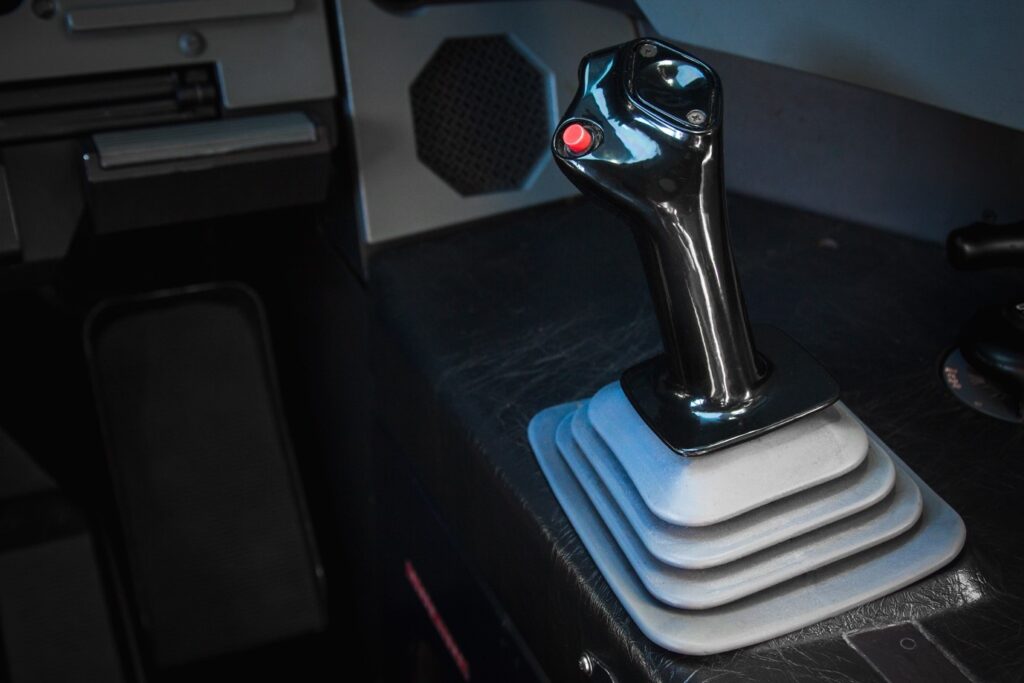
The A320 also featured a computer-based glass cockpit, replacing traditional analog instruments with electronic displays. This advancement offered pilots better situational awareness, streamlined operations, and improved navigation and flight management capabilities.
Maiden flight and certification
The first A320 took to the skies on February 22, 1987, with chief test pilot Jacques Rosay and senior vice president of flight division Bernard Ziegler at the controls. The maiden flight, which lasted 3 hours and 23 minutes, was deemed successful, marking a significant milestone in the aircraft’s development.
Following a rigorous flight test program, the A320 received joint certification from the European Joint Aviation Authorities (JAA) and the U.S. Federal Aviation Administration (FAA) in February 1988. This certification validated the aircraft’s safety, performance and compliance with regulatory standards, allowing Airbus to proceed with production and delivery.
Commercial success and evolution
The A320’s commercial success was evident from its earliest days. In 1988, Air France became the launch customer, receiving the first A320 in March that year. Airlines were attracted to the aircraft’s fuel efficiency, operational versatility and passenger appeal.
Building on the initial success, Airbus expanded the A320 family in 1993 with the introduction of the A321, a stretched version capable of carrying more passengers. This was followed in 1996 by the A319, a shortened version suited for shorter routes. The A318, the smallest member of the A320 family, was introduced in 2003.
Innovations and upgrades
In addition to the A320neo and A320ceo, Airbus has continued to introduce other improvements and variants to the A320 family. The A321LR (long-range) was launched in 2015, offering increased range capabilities and enabling airlines to operate transatlantic routes and tap into new markets. The A321XLR (extra-long range), introduced in 2019, further extended the range and allowed airlines to connect distant destinations efficiently.
Airbus has also focused on enhancing passenger comfort and cabin features. The A320 family introduced the concept of ‘Airspace by Airbus’, which offers a more spacious cabin, larger overhead bins, mood lighting and quieter engines. These features contribute to a more pleasant and enjoyable travel experience for passengers.
The A320 family’s success has also led to the establishment of manufacturing facilities in different countries. Airbus has production lines in Toulouse, France; Hamburg, Germany; Tianjin, China; and Mobile, Alabama in the United States. This global presence allows Airbus to meet the demand for A320 aircraft worldwide and contribute to the local aerospace industries.
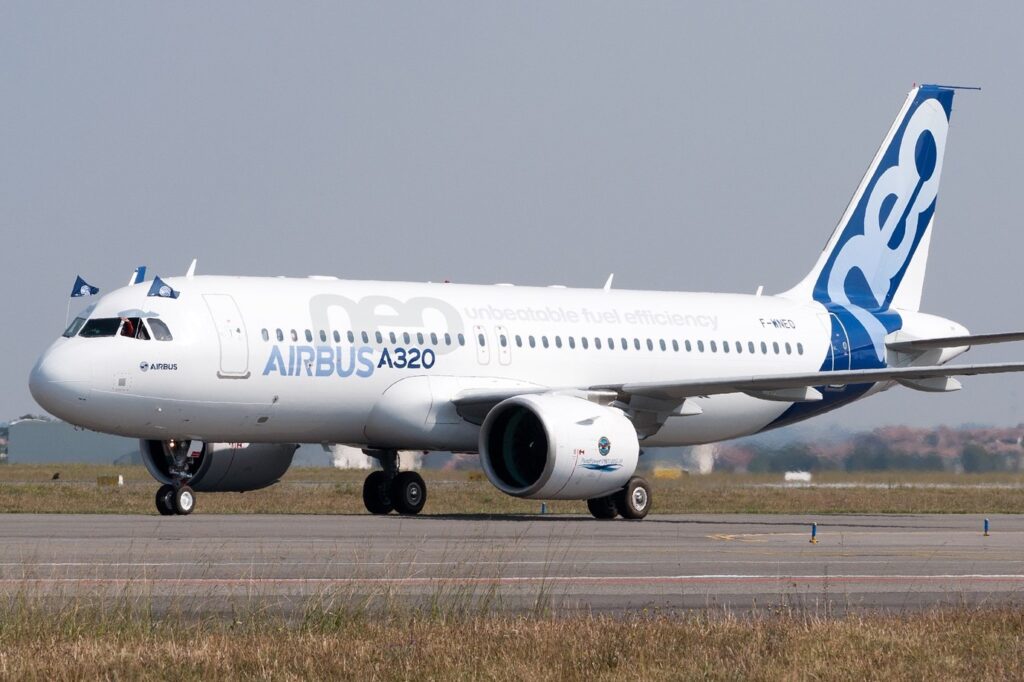
A320 assembly and assembly lines
Just like other commercial aircraft, the assembly process of the Airbus A320 involves various stages and takes place on assembly lines. The assembly lines are carefully orchestrated to ensure the efficient and precise construction of the aircraft.
Let’s delve into the details of the A320 assembly process and production lines:
Subassembly
The assembly process begins with the manufacturing of various components and subassemblies. These subassemblies include the fuselage sections, wings, empennage (tail section), landing gear and other smaller components. These components are typically manufactured at different production facilities around the world, including Airbus’s own facilities and those of its suppliers.
Final assembly line (FAL)
The final assembly of the A320 takes place on dedicated final assembly lines (FALs) located in several locations worldwide. The primary A320 FALs are situated in Toulouse, France; Hamburg, Germany; and Tianjin, China. Each FAL is responsible for assembling specific aircraft models and catering to the demand of airlines in different regions.
Station-based assembly
The assembly process follows a station-based workflow, whereby the aircraft progresses from one station to another. At each station, specific tasks are completed and various components are added to the aircraft structure. The assembly stations are designed to accommodate different aspects of the aircraft, such as the fuselage, wings, interior and systems installation.
Fuselage assembly
The fuselage sections, which are manufactured separately, are joined together at the beginning of the assembly process. This involves aligning the fuselage sections and connecting them using fasteners and automated drilling processes. Once the main fuselage structure is complete, various other elements, such as electrical, hydraulic and fuel systems, are installed.
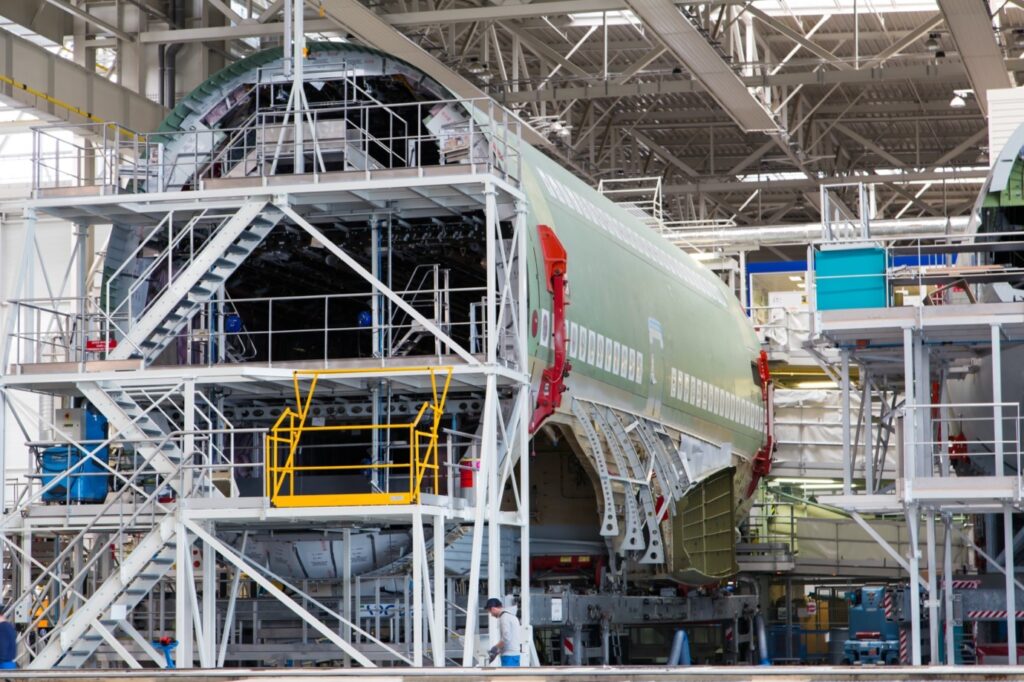
Wing assembly
The wings, another key component, are manufactured separately and then integrated into the fuselage. They are attached using sophisticated jigs and tooling to ensure proper alignment and structural integrity. Fuel tanks, control surfaces, and other wing-related systems are also installed during this stage.
Systems installation
As the assembly progresses, the aircraft’s systems and components are installed. This includes the installation of avionics systems, electrical wiring, flight controls, landing gear, engines and other mechanical and hydraulic systems. These systems undergo rigorous testing to ensure proper functionality and integration with the overall aircraft.
Interior installation
Once the major structural and system installations are complete, the aircraft moves to the interior installation phase. This includes the installation of passenger seats, cabin furnishings, lavatories, galleys, overhead compartments and in-flight entertainment systems. The interior installation is carried out with a direct focus on passenger comfort, aesthetics and safety regulations.
Testing and quality control
After the completion of the assembly process, the aircraft undergoes comprehensive testing and quality control checks. These include functional tests of various systems, flight control checks, fuel system tests, and a series of ground tests to verify performance, reliability and safety compliance. The aircraft is also subjected to rigorous inspections to ensure that it meets strict aviation regulations and quality standards.
Test flights
The process typically involves the following steps:
Production test flights: once the aircraft is assembled, Airbus performs production test flights, known as ‘Acceptance Flights’, to ensure the aircraft’s systems are working as expected. These tests include checks of the engines, flight controls, and other systems.
Customer acceptance flights: after the production tests, and just prior to delivery, the aircraft undergoes another test flight together with representatives from the customer airline. This is to ensure the aircraft meets the customer’s requirements and expectations.
Delivery flight: the final flight is the delivery flight, where the aircraft is flown from the Airbus facility to the customer’s chosen location.
Delivery
Once the aircraft successfully completes all the testing and inspections, it is ready for delivery to the customer. The aircraft is usually painted in the customer’s livery and undergoes a final round of ground checks. The delivery process involves transferring ownership to the airline, pilot training and preparation for its first revenue flight.
Technical characteristics
Size and capacity
The A320 has a length of 37.57 meters (123.3 feet), a wingspan of 34.10 meters (111.9 feet) and a height of 11.76 meters (38.6 feet). Typically it can accommodate between 150 and 186 passengers, depending on the seating configuration chosen by the airline.
Fuel efficiency
The A320 incorporates advanced aerodynamics, lightweight materials and efficient engines, all of which contribute to its impressive fuel efficiency. The A320neo variant offers significant fuel savings compared to earlier models, thanks to the use of new engines and aerodynamic enhancements.
Range
The A320 has a range of approximately 3,300 nautical miles (6,100 kilometers), allowing airlines to operate both short-haul and medium-haul routes efficiently. It is suitable for a wide range of flights, from domestic services to longer international journeys.
Cockpit and fly-by-wire
As mentioned, the A320 features an advanced cockpit with a fly-by-wire flight control system.
Commonality and pilot transition
The A320 family, including the A318, A319, A320, and A321 variants, shares a high degree of commonality in terms of cockpit layout, systems and handling characteristics. This allows pilots to transition seamlessly between different models with minimal training. This commonality also reduces costs for airlines, simplifies pilot training and enhances operational flexibility.
Innovative sharklet wingtip devices
The A320neo variant introduced innovative wingtip devices called ‘sharklets’. These blended wingtip extensions improve aerodynamics by reducing drag and increasing fuel efficiency. The sharklets offer an estimated fuel consumption reduction of around 4% on longer routes, contributing to lower operating costs and reduced environmental impact.
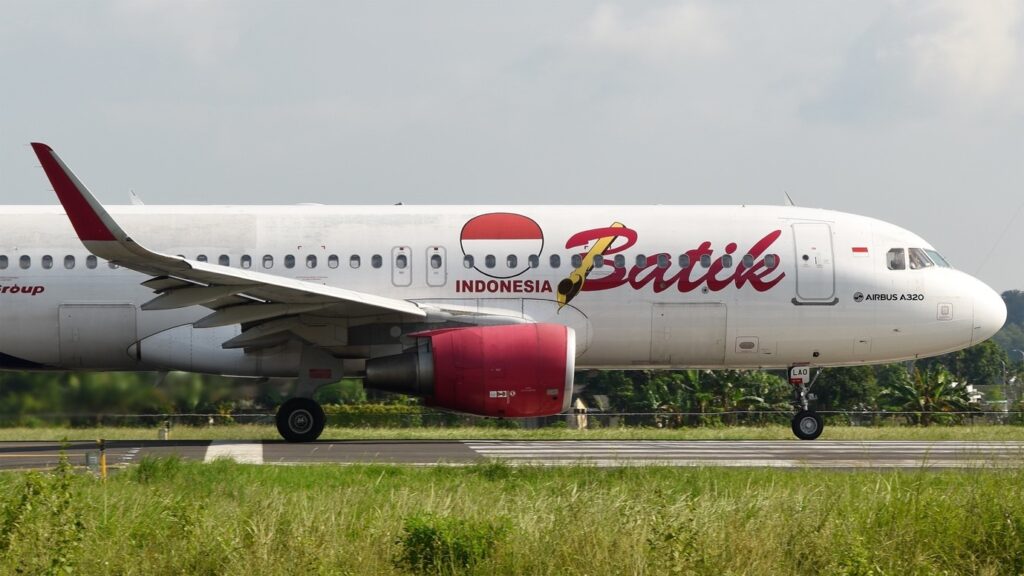
Quiet operation
The A320 is known for its quiet operation, thanks to advanced engine technology and noise reduction measures. Its engines incorporate features such as chevron-shaped exhaust nozzles and acoustic liners, which significantly reduce noise emissions. This makes the A320 a favorite among passengers and airport authorities, and indeed communities living near airports.
| Specification | Details |
| Crew | 2 pilots |
| Seating Capacity | Up to 186 passengers |
| Length | 37.57 meters (123.3 feet) |
| Wingspan | 34.10 meters (111.9 feet) |
| Height | 11.76 meters (38.6 feet) |
| Fuselage Diameter | 3.95 meters (13 feet) |
| Maximum Takeoff Weight | A320: 78,000 kg (171,960 lbs) – A320neo: 79,000 kg (174,165 lbs) |
| Maximum Landing Weight | A320: 66,000 kg (145,505 lbs) – A320neo: 68,000 kg (149,914 lbs) |
| Maximum Range | A320: 6,100 km (3,300 nautical miles) – A320neo: 6,500 km (3,520 nautical miles) |
| Cruise Speed | Mach 0.78 (828 km/h, 511 mph) |
| Engines | A320: CFM International CFM56-5 series – A320neo: Pratt & Whitney PW1100G or CFM International LEAP-1A |
| Maximum Fuel Capacity | A320: 27,200 liters (7,186 US gallons) – A320neo: 23,730 liters (6,269 US gallons) |
Comparison with other popular jets
Comparing the Airbus A320 with other popular jets allows us to gain insights into the unique features and capabilities of each aircraft.
The main competitors of the A320 are:
Boeing 737
The Airbus A320 and the Boeing 737 are two of the most popular narrow-body aircraft in the world, frequently competing in the same market segment.
Size and capacity: the A320 and the Boeing 737 have similar seating capacities, typically ranging from 150 to 180 passengers, depending on the specific model and configuration. Both aircraft offer flexibility in seating arrangements to cater to different airline requirements.
Range: in terms of range, the A320 and the Boeing 737 also have similar capabilities. However, it’s important to note that specific models within each aircraft family may have variations in range performance.
Cockpit and fly-by-wire: the A320 was the first commercial aircraft to incorporate fly-by-wire technology, offering precise control and reduced pilot workload. The Boeing 737, on the other hand, has a traditional mechanical flight control system. The cockpit layouts and avionics differ between the two aircraft, which may impact pilot transition and training requirements for operators.
Engine options: both Airbus and Boeing offer different engine options for their respective aircraft. The A320neo series features engines from Pratt & Whitney and CFM International, while the Boeing 737 MAX series incorporates engines from CFM International only.
Embraer E-Jets
While the Airbus A320 and the Boeing 737 dominate the narrow-body market, the Embraer E-Jets represent a notable competitor in the regional jet segment.
Some key points of comparison are:
Size and capacity: the Embraer E-Jets, including the E170, E175, E190, and E195, have smaller seating capacities compared to the A320 and the Boeing 737. The E-Jets typically accommodate between 70 and 130 passengers, depending on the model and configuration. This makes them well suited for regional and short-haul operations.
Range: the A320 and the Boeing 737 have a longer range than the Embraer E-Jets. While the E-Jets are designed for shorter flights, they provide efficient connectivity for regional markets.
Fuel efficiency: Embraer E-Jets are known for their fuel efficiency, offering cost-effective operations for regional airlines. However, it’s important to note that the A320neo and the Boeing 737 MAX series also incorporate fuel-saving technologies and compete in terms of fuel efficiency.
Cabin comfort: the A320 and the Boeing 737, being larger aircraft, provide more cabin space and amenities compared to the Embraer E-Jets. However, the E-Jets offer a competitive advantage in terms of passenger comfort, with features like wider seats, larger windows and reduced noise levels.
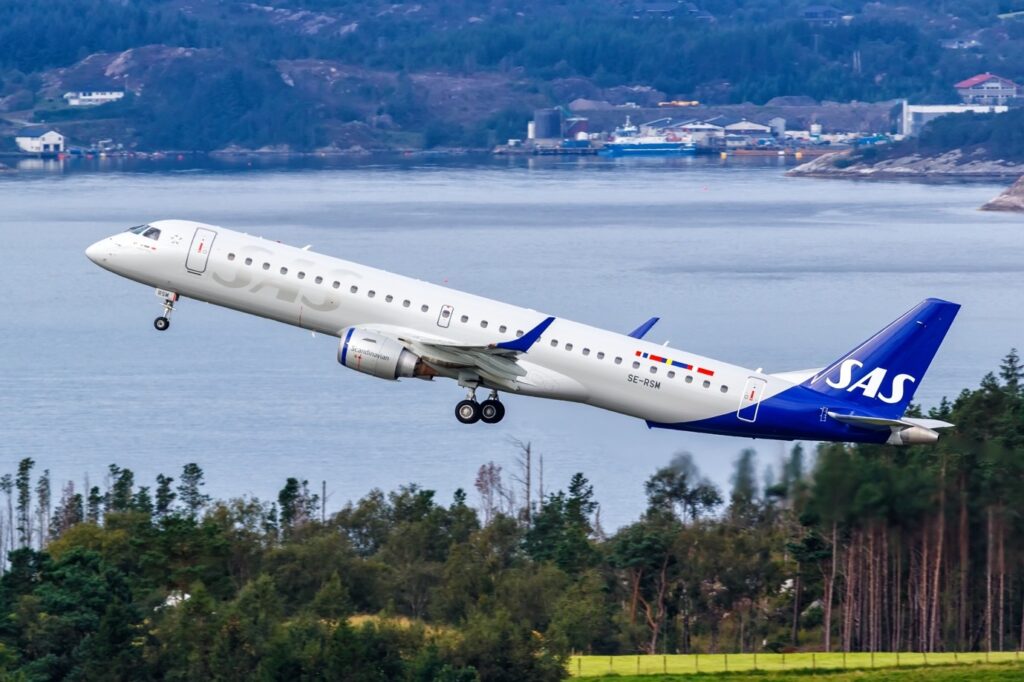
Popularity and airlines using the A320
The Airbus A320 has achieved remarkable popularity and widespread adoption among airlines around the world. Its versatility, fuel efficiency, and passenger appeal have made it a preferred choice for both full-service carriers and low-cost airlines.
Orders and deliveries
The A320 family, which includes the A318, A319, A320, and A321 variants, has consistently been one of the best-selling aircraft families in the world. As of September 2021, Airbus had received over 16,873 orders for the A320 family, with more than 10,798 aircraft delivered.
Full-service airlines
Many full-service airlines have incorporated the A320 into their fleets, recognizing the benefits of its efficiency, range and passenger comfort.
Some prominent full-service carriers operating the A320 family include:
Lufthansa: Lufthansa, the largest airline in Germany, operates a substantial number of A320 family aircraft for both domestic and international routes.
British Airways: British Airways, the flag carrier of the United Kingdom, has a significant fleet of A320 family aircraft serving destinations across Europe and beyond.
Air France: Air France, the national carrier of France, utilizes the A320 family extensively in its short- and medium-haul operations within Europe.
American Airlines: the largest A320 operator in the world which has 469 aircraft in its fleet.
Low-cost airlines
The A320’s fuel efficiency and operating economics have made it particularly popular among low-cost carriers, enabling them to offer affordable fares and maintain profitability.
Notable low-cost airlines operating the A320 family include:
EasyJet: EasyJet, a leading low-cost carrier in Europe, operates an all-Airbus fleet, with the majority of its aircraft being A320 family members.
IndiGo: IndiGo, a prominent low-cost carrier in India, has experienced rapid growth with its all-Airbus fleet, predominantly comprising A320neo aircraft.
JetBlue Airways: JetBlue, a low-cost carrier in the United States, relies heavily on the A320 family for its operations, offering domestic and international flights.
Services onboard A320
The services offered onboard Airbus A320 aircraft vary depending on the airline operating the flight and the specific cabin configuration. However, there are some common services and amenities that passengers can typically expect when flying on an A320.
Seating and cabin configuration
Economy class is the standard seating option on the A320. Passengers typically have access to comfortable seats with adjustable headrests and ample legroom. In some cases, airlines may offer seats with extra legroom for an additional fee.
Some airlines offer a Premium Economy, Business class, or even First-class cabin on their A320 aircraft. These cabins provide enhanced comfort and additional amenities such as wider seats, increased legroom, and upgraded meal and beverage options.
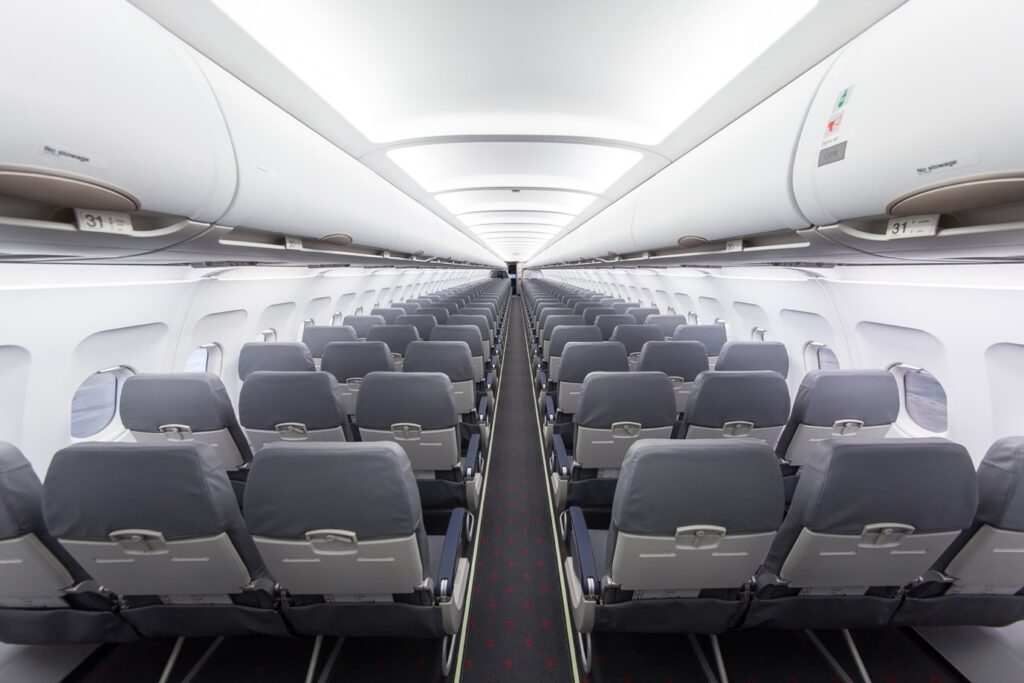
In-flight entertainment
Many A320 aircraft are equipped with in-flight entertainment systems to enhance the passenger experience. Depending on the airline, this may include seatback screens offering a selection of movies, TV shows, music and games. In some cases, airlines provide Wi-Fi connectivity for passengers to access entertainment options on their personal devices.
Food and beverage
Airlines typically provide meal and beverage services onboard A320 flights, although the specifics may vary depending on the duration of the flight and the airline’s policies. Shorter flights may offer a selection of snacks and beverages, while longer flights may include full meal service with a choice of hot and cold meals and a variety of beverages, including alcoholic options.
Read more about the story of Airbus

